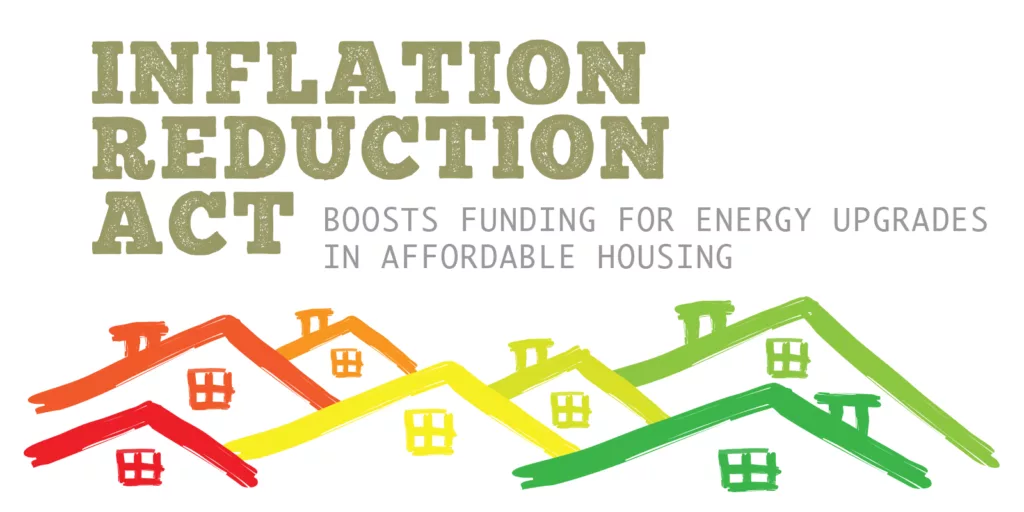By Lee Dodson, CPA, and Jeremy Densmore, CPA, HCCP
Timely delivery of first-year credits benefits developers, syndicators and investors in a Low Income Housing Tax Credit (LIHTC) development. The project itself also benefits because additional equity may be contributed, which means additional funds are available to get the project off to a good start. In this article, we will cover two fundamentals that support a successful first-year credit delivery.
For an affordable housing project in the Section 42 LIHTC program, these fundamentals include properly placing the building(s) in service and getting the building(s) occupied with qualified tenants during the initial lease-up.
Placing the Building in Service
For credits to start in any given month for a particular building that is assigned a building identification number (BIN), it must first be placed in service for tax purposes.
The Internal Revenue Service (IRS) has commonly held out that the placed in service requirement is met when the building is ready and available for its specifically assigned function (Notice 88-116). For the purposes of Section 42, this means the construction on a new construction or rehabilitation project is substantially complete, which is typically evidenced by a certificate of occupancy issued by the local authority (note: rehabilitation projects can also utilize the “minimum expenditures” test to meet placed in service requirements).
A new construction building can potentially start credits when the building is placed in service by the first of a given month. Rehabilitation projects are a little different in that the first-year credit computation could potentially start as early as the acquisition date or the first day of the year the rehabilitation building is placed in service.
Full Lease-Up with Qualified Tenants
The second part of this equation is to lease up the units with qualified tenants at any point within the month to officially start the credit computation in the first year. Note that a building must be fully qualified by year-end to be allowed to take any credits in the first year credit period. Two-thirds credits on the initial credit delivery may be avoided by having 100% qualified occupancy at the end of the first year of the credit period.
The lease-up should be strategically thought out. A building should be specifically targeted for full qualification before management moves on to lease-up other buildings. There is danger in spreading the lease-up over multiple buildings and potentially not accomplishing full lease-up of one or more buildings.
First Year Credit Delivery Computation
To see these fundamentals in action, let’s look at a couple of scenarios for the first-year credit delivery computation.
New Construction Project with One Building: The building has 10 units with the same square footage for each unit, and the building is placed in service on May 1. The eligible basis is $2,222,222 and the applicable percentage is 9%. Total reserved credits per year equal $200,000 with a $100,000 first-year credit expectation listed in the Partnership Agreement (PA). The lease-up occurs as follows:
- May – 3 units qualified
- June – 4 units qualified
- July – 3 units qualified, etc.
![]()
With this information, what are the first-year credits delivered for this project?
We first calculate our occupancy percentage for the first year, which is the total amount of units leased up each month in the year, divided by the total possible units that could be leased up in the year. Here it is 58.33%, which is 70 divided by 120. We then multiply the eligible basis by the occupancy percentage of 58.33% and the applicable percentage to get an initial credit amount of $116,660. Good news! The project has delivered more credits in the first year than was expected!
Second Example:
Acquisition and Rehabilitation of a Building: The building has 10 units with the same square footage for each unit, and each building is placed in service by May 1. The acquisition eligible basis is $2 million and the rehabilitation basis is $630,900. The applicable percentage is 3.17% and 9% respectively. The acquisition was January 15 of the same year the rehabilitation was placed in service. Total credits per year equal $200,000 with a $100,000 first-year credit expectation. The lease-up occurs as follows:
- January – 2 units qualified
- February – 3 units qualified
- May – 4 units qualified
- June – 1 unit qualified, etc.
![]()
Our occupancy percentage comes out to 75.83%, which is 91 units divided by 120. We then multiply the acquisition eligible basis by the occupancy percentage of 75.83% and the acquisition applicable percentage to get an initial acquisition credit of $15,166. Apply the same steps for the rehabilitation to get an initial rehabilitation credit of $136,494. The total initial credit is $151,660. Good news again, the project has delivered more than the expected first-year credit amount.
Note that the examples have been simplified for purposes of this article. Each project has its own set of circumstances. The square footage of the units, the unit mix or other factors may have an impact on the first-year credit calculation.
Bottom Line for LIHTC First Year Credit Delivery
Focusing on a successful first-year credit delivery is important, especially if timing adjusters are indicated in the Partnership Agreement (PA). The credit stream of a Section 42 LIHTC project is a 10-year period, but it typically stretches out to the 11th year based on a partial lease-up in year one. More credits delivered in year one versus year 11 are more valuable because of the time value of money. More credits generated in year one than what is reflected in the PA may result in a potential upward adjuster, but coming up short of the first-year credit expectation results in a downward adjuster, i.e., less equity is contributed to the partnership.
At the Tidwell Group, we have the experience and knowledge to help you in your endeavor to have a successful first-year credit delivery. Please contact Lee Dodson or Jeremy Densmore if you would like to discuss your particular project in depth.


About Tidwell Group LLC
 Tidwell Group is a full-service accounting and consulting firm that specializes in the real estate and construction industries and is a Best of the Best Firm according to the 2019 INSIDE Public Accounting National Benchmarking Report. Their experienced professionals serve all asset classes within the affordable housing, conventional real estate, and not-for-profit industries. Within the affordable housing industry, Tidwell Group’s expertise ranges from low-income housing tax credits, bond and conventional financing, HUD compliance and reporting and USDA-Rural Development compliance and reporting. Their focus is on developing long term client relationships through value-driven results. For more information on Tidwell Group, contact their firm on their website at www.TidwellGroup.com, on Twitter @TidwellGroupLLC, or by telephone at (866) 442-7090.
Tidwell Group is a full-service accounting and consulting firm that specializes in the real estate and construction industries and is a Best of the Best Firm according to the 2019 INSIDE Public Accounting National Benchmarking Report. Their experienced professionals serve all asset classes within the affordable housing, conventional real estate, and not-for-profit industries. Within the affordable housing industry, Tidwell Group’s expertise ranges from low-income housing tax credits, bond and conventional financing, HUD compliance and reporting and USDA-Rural Development compliance and reporting. Their focus is on developing long term client relationships through value-driven results. For more information on Tidwell Group, contact their firm on their website at www.TidwellGroup.com, on Twitter @TidwellGroupLLC, or by telephone at (866) 442-7090.










